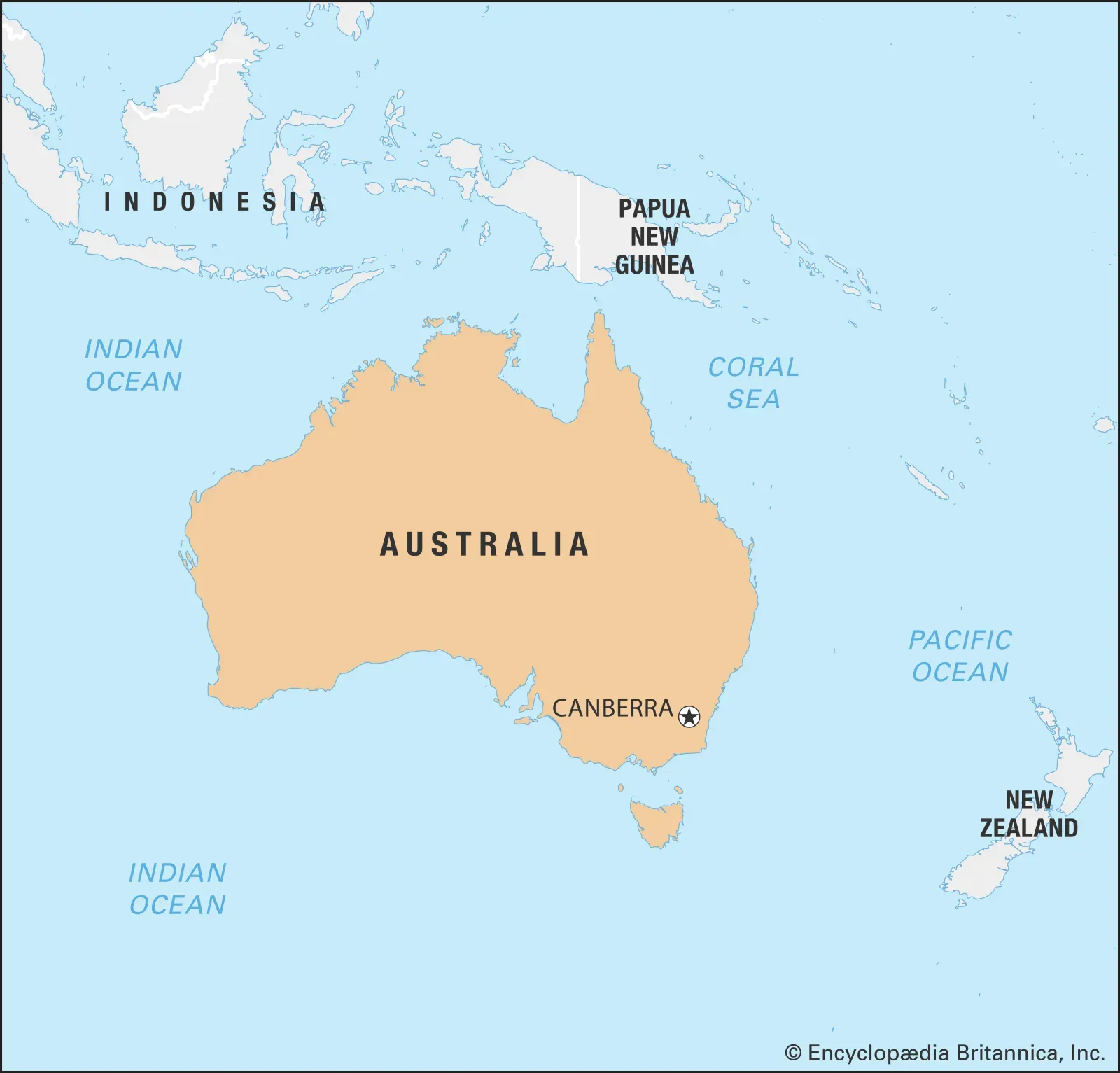Are the Middle East and the Near East the Same Thing?
The terms "Middle East" and "Near East" are often used interchangeably, but they have distinct historical and geographical nuances. The "Near East" was a term used by European powers in the 19th century to describe the regions closest to Europe, including parts of Western Asia and the eastern Mediterranean. "Middle East" emerged later, encompassing a broader area that includes parts of North Africa and extends further into Asia. Over time, "Middle East" has become the more commonly used term in geopolitical contexts.

Understanding the Terms: Middle East and Near East
The terms ''Middle East'' and ''Near East'' are often used interchangeably, but they possess distinct historical and geographical meanings. Understanding these differences is crucial for anyone interested in the politics, culture, and history of the region.
Historical Context
The term ''Near East'' originally referred to a larger area that included ''Southeast Europe'', the ''Balkans'', and parts of ''North Africa''. In the late 19th and early 20th centuries, it was frequently used by historians and geographers to describe the lands bordering the eastern Mediterranean. However, as geopolitical boundaries evolved, the term ''Near East'' became less common.
On the other hand, the ''Middle East'' emerged as a more relevant term in the early 20th century, particularly during and after World War I. It came to represent a broader region, encompassing countries in ''Western Asia'' and parts of ''North Africa''. Today, the ''Middle East'' is recognized as a geopolitical region that includes countries such as ''Saudi Arabia'', ''Iran'', ''Iraq'', ''Israel'', ''Jordan'', ''Lebanon'', ''Syria'', ''Turkey'', and ''Egypt''.
Geographical Differences
To better visualize the differences between the ''Middle East'' and the ''Near East'', consider the following chart:
| Aspect | Middle East | Near East |
|---|---|---|
| Definition | Geopolitical region including parts of Western Asia and North Africa | Historically referred to lands bordering the eastern Mediterranean |
| Countries Included | Saudi Arabia, Iran, Iraq, Israel, Jordan, Lebanon, Syria, Turkey, Egypt | Greece, Turkey, Cyprus, Lebanon, Syria, Israel, Egypt |
| Usage in Modern Context | Primarily used in political and economic discussions | Less common, often found in historical texts |
Modern Usage of Terms
Today, the term ''Middle East'' is more prevalent in academic, political, and media discussions, often associated with issues such as oil production, conflict, and international relations. The ''Middle East'' is a focal point for various global interests due to its strategic location and resources.
Conversely, the term ''Near East'' is largely confined to historical context, often used in studies related to ''ancient civilizations'' and archaeological findings. For example, when discussing the ''Ottoman Empire'' or the ''Crusades'', historians may refer to the ''Near East'' to describe the regions involved during those periods.
Key Differences in Cultural and Political Context
Culturally, the ''Middle East'' is incredibly diverse, home to various ethnic groups, languages, and religions. This diversity contributes to the complexity of its political landscape. The ''Near East'', while also diverse, has historically been viewed through a different lens, focusing more on ancient civilizations and their contributions to world history.
In political terms, the ''Middle East'' is often a focal point for international relations, influencing global policies and economic strategies. The ongoing conflicts, such as the ''Israeli-Palestinian conflict'' and tensions between ''Iran'' and ''Saudi Arabia'', are examples of why understanding the ''Middle East'' is critical for global politics.
Conclusion: A Nuanced Understanding
In summary, while the terms ''Middle East'' and ''Near East'' may seem synonymous, they refer to different contexts and meanings. The ''Middle East'' is a contemporary geopolitical region crucial for understanding modern issues, while the ''Near East'' harkens back to historical discussions. As you explore the complexities of this fascinating area, recognizing these distinctions will enrich your understanding of its significant role in world history and current affairs.
To navigate this intricate landscape effectively, it is essential to grasp the nuances of these terms. Whether you are engaged in academic research, political discourse, or simply seeking knowledge about the region, understanding the differences between the ''Middle East'' and ''Near East'' will provide clarity and depth to your insights.












